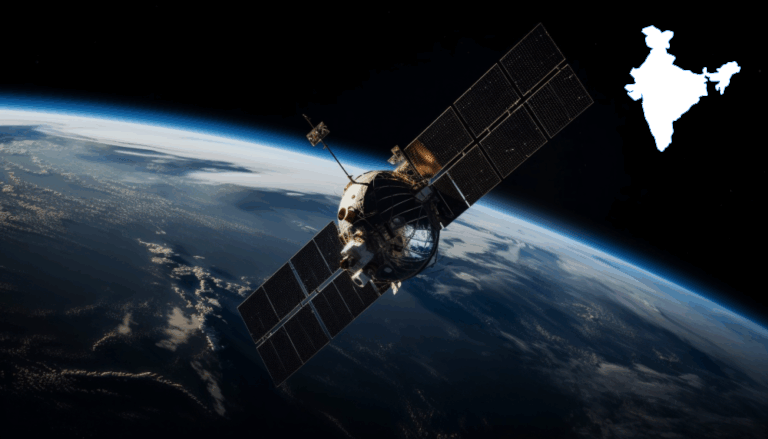India’s satellite internet ambitions are gaining momentum, but significant regulatory hurdles remain. Global players such as Elon Musk’s Starlink and Amazon’s Project Kuiper are preparing to enter the market, intensifying competition in a sector poised to bridge India’s digital divide. These efforts align with the National Broadband Mission, which aims to provide affordable broadband across the country, particularly in underserved and remote areas.
Starlink has made notable progress, completing operational and security audits and receiving the Global Mobile Personal Communications by Satellite (GMPCS) license. It has also agreed to the conditions set by IN-SPACe, the Indian space regulator, and received a letter of intent from the Department of Telecommunications (DoT), marking a crucial step toward launching services. However, spectrum allocation remains pending, and the finalization of pricing and policy frameworks is still underway. Notably, the GMPCS license does not include spectrum rights, which require separate approval from DoT’s Wireless Planning and Coordination (WPC) Wing.
Amazon Kuiper, too, has initiated discussions with Indian authorities and applied for regulatory approvals. Both Starlink and Kuiper have signed their first commercial agreements with VSAT providers in India, focusing initially on B2B and B2G markets, such as banking, logistics, maritime, and defense. These partnerships are strategic moves to establish early market presence while regulatory matters are sorted.
Despite the enthusiasm, affordability remains a major barrier. Starlink’s broadband plans, which cost about ₹3,000 per month for 100 Mbps speeds (as seen in Bhutan), are far higher than Indian mobile data prices, which average around ₹10 per GB. In contrast, many Indian consumers pay around ₹300 for fiber broadband. The required hardware, including user terminals priced between ₹20,000 and ₹50,000, further adds to the cost burden. Deloitte India’s Sid Tipnis noted that these high costs limit satellite internet’s B2C potential in India, making initial adoption more viable in enterprise sectors.
The state government of Tamil Nadu has announced plans to offer 100 Mbps connections at ₹200 per month by the end of 2025, setting a benchmark that highlights satellite internet’s pricing challenge. With terrestrial networks like Jio and BSNL already providing extensive 4G and growing 5G coverage, satellite services are expected to complement rather than compete with these networks in most regions.
Telcos argue for regulatory parity. After spending over ₹5 trillion on spectrum auctions, they oppose TRAI’s recommendation of administrative spectrum allocation for satellite services, which they say provides an unfair advantage. The Telecommunications Act of 2023, however, permits administrative allocation, fueling further debate. TRAI maintains that auctions could stifle growth in the nascent satellite internet sector, while industry leaders like Airtel’s Sunil Bharti Mittal support a differentiated model recognizing satellite’s role in supplementing terrestrial coverage.
Currently, Starlink is exploring direct-to-cell satellite technology, which could allow mobile phones to connect directly to satellites without traditional networks. This innovation, if successful and approved in India, could transform mobile connectivity, though it requires significant infrastructure and regulatory coordination.
In parallel, BSNL is advancing its Quantum 5G FWA service, offering SIM-less fixed wireless access at ₹999 per month. Competing services from Jio and Airtel are expanding rapidly in semi-urban regions, challenging satellite providers to find a competitive edge in pricing and reach.
In conclusion, satellite internet holds promise for India’s remote regions, especially in emergency response, isolated terrains, and industrial use cases. Yet, its widespread adoption hinges on affordability, policy clarity, and cooperation with existing telecom operators. The resolution of the spectrum allocation debate will significantly influence the trajectory of satellite broadband in India and may serve as a reference for global markets watching the world’s second-largest telecom sector.
Also Read : SatSure and Dhruva Space to Revolutionize Earth Observation with Comprehensive EOaaS Solutions









